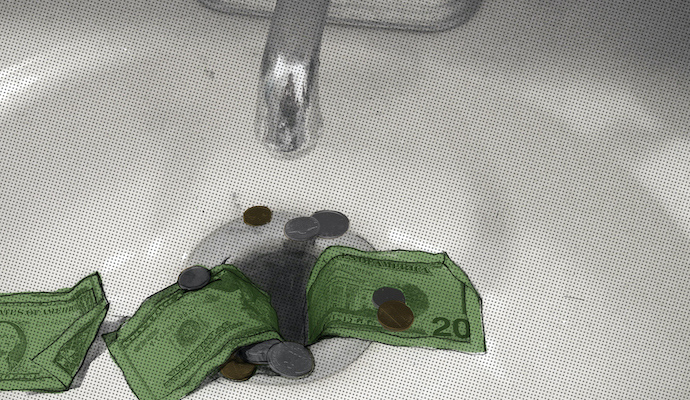US Prescription Drug Prices 256% Higher Than Other Countries
Specifically, US prescription drug prices were 218% of prices in Canada, 170%of prices in Mexico, 779% of prices in Turkey, and 209%of prices in Japan.

Source: Getty Images
- A recent RAND Corporation report found that prescription drug prices in the US are significantly higher than in other nations, averaging 256 percent of those seen in 32 other countries.
Notably, the gap between US prices and prices in other countries was even larger for brand-name originator drugs.
For example, US drug prices were 218 percent of prices in Canada, 170 percent of prices in Mexico, 779 percent of prices in Turkey, 209 percent of prices in Japan, and 258 percent of prices in France.
Researchers looked at 2018 MIDAS data to calculate price indices comparing prescription drug prices in the US with those in 32 Organization for Economic Cooperation and Development (OEDC) comparison countries.
Unbranded generics accounted for just 12 percent of prescription drug spending at manufacturer prices, while brand-name originator drugs made up 11 percent of US prescription drug volume and 82 percent of US prescription drug spending.
Overall, US drug prices were 190 percent of prices in other countries after adjusting US prices downward to account for rebates and other discounts.
“Brand-name drugs are the primary driver of the higher prescription drug prices in the United States,” researchers said in the study. “For the generic drugs that make up a large majority of the prescriptions written in the United States, our costs are lower. It's just for the brand name drugs that we pay through the nose.”
Researchers also highlighted IQVIA’s MIDAS data set from 2018, which found that across OECD countries, total sales were $795 billion and total volume was 1,016.2 billion standard units. The US accounted for 58.4 percent of sales but only 24.0 percent of volume.
The ratio of sales to volume weight is significantly higher in the US than in any other country, indicating that US drug prices are much higher than those in other countries.
Recently, annual US prescription drug spending was estimated at $457 billion. From 2000 to 2017, experts stated that drug spending increased by 76 percent in the US.
Systematic comparisons of drug prices among countries can aid the development of policies designed to address high prices overall or for certain categories of prescription drugs.
A 2019 World Health Organization survey of European countries found that 36 of the 41 countries analyzed used international reference pricing for some drugs. Of these countries, 26 used it as the main mechanism for pricing policy.
That same year, CMS proposed The International Pricing Index (IPI) Model to test whether increasing competition for private-sector vendors to negotiate drug prices and aligning Medicare payments for drugs with prices in other countries, could benefit access to care when reducing expenditures.
In mid-September 2020, the Trump administration signed an executive order to lower prescription drugs by “putting America first.” In general, a Most Favored Nations approach to drug pricing establishes a trading opportunity among states by making originally bilateral agreements multilateral.
Under the finalization of the Most Favored Nations Rule, the drugs covered under the most favored nation pricing scheme, which includes both Medicare Part B and Medicare Part D, will be expanded.
This initiative will allow Medicare to use the price that other developed nations pay for their drugs rather than paying the highest price on the list.
At the time, Trump also announced the end of the Unapproved Drugs Initiative program, which has previously caused shortages of vital medicines. Drug prices may be lifted by 1,000 to 5,000 percent.
Currently, insulin costs for many seniors are capped at $35 a month, which saves them an average of nearly $500 to $1,000 a year just on insulin.
Trump’s Most Favored Nation initiative, however, was recently blocked by a federal judge, stopping the administration from implementing the new drug pricing model. Newly elected President Joe Biden has yet to comment on whether his administration will pursue the strategy.
